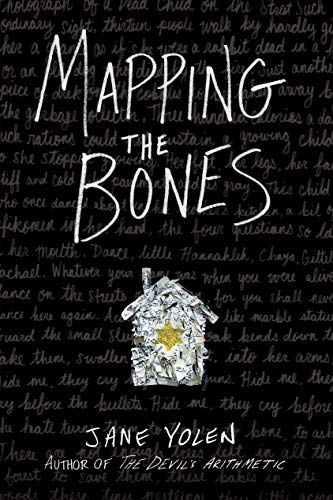Mapping the Bones
To avoid stuttering, Chaim Abromowitz rarely speaks more than five words at a time, and those only twice a day. As young children he and his twin, Gittel, develop a sign language only they understand. In his head, and on paper, Chaim arranges words into beautiful, emotional poetry. In 1940s Poland, Chaim, Gittel and their parents are forced to leave their home and move to the Jewish ghetto in Lodz.
A few weeks after the twins’ fourteenth birthday, another four-person family is squeezed into their modest apartment. The new family doesn’t understand the rules of the ghetto, and soon the father disappears—most likely arrested or killed. Without access to her medicine, the mother succumbs to an unnamed mental illness. The daughter, Sophie, helps as best she can, and the son, Bruno, causes trouble. When Chaim’s family gets notice that they will be moved to a work camp, they decide to escape to the Bialowieza Forest. They take Bruno, Sophie, and their unwell mother with them. The children are separated from the adults, and though they make it to the forest and travel with the partisans, the children are eventually captured and sold as slaves to a German munitions factory. Bruno’s poetry keeps him sane and gives hope and solace to others. Yolen uses the structure of “Hansel and Gretel” to tell this story of the Holocaust: home, woods, house of candy—and it works well. Chaim’s poetry and Gittel’s memories are breathing spaces in the suffocating horrors of the Holocaust. Mapping the Bones is an important addition to young adult fiction on the Holocaust, offering a close look at the Lodz ghetto, the Polish underground, the work children were forced to do, and the horrible medical experiments undertaken by the Nazis.










